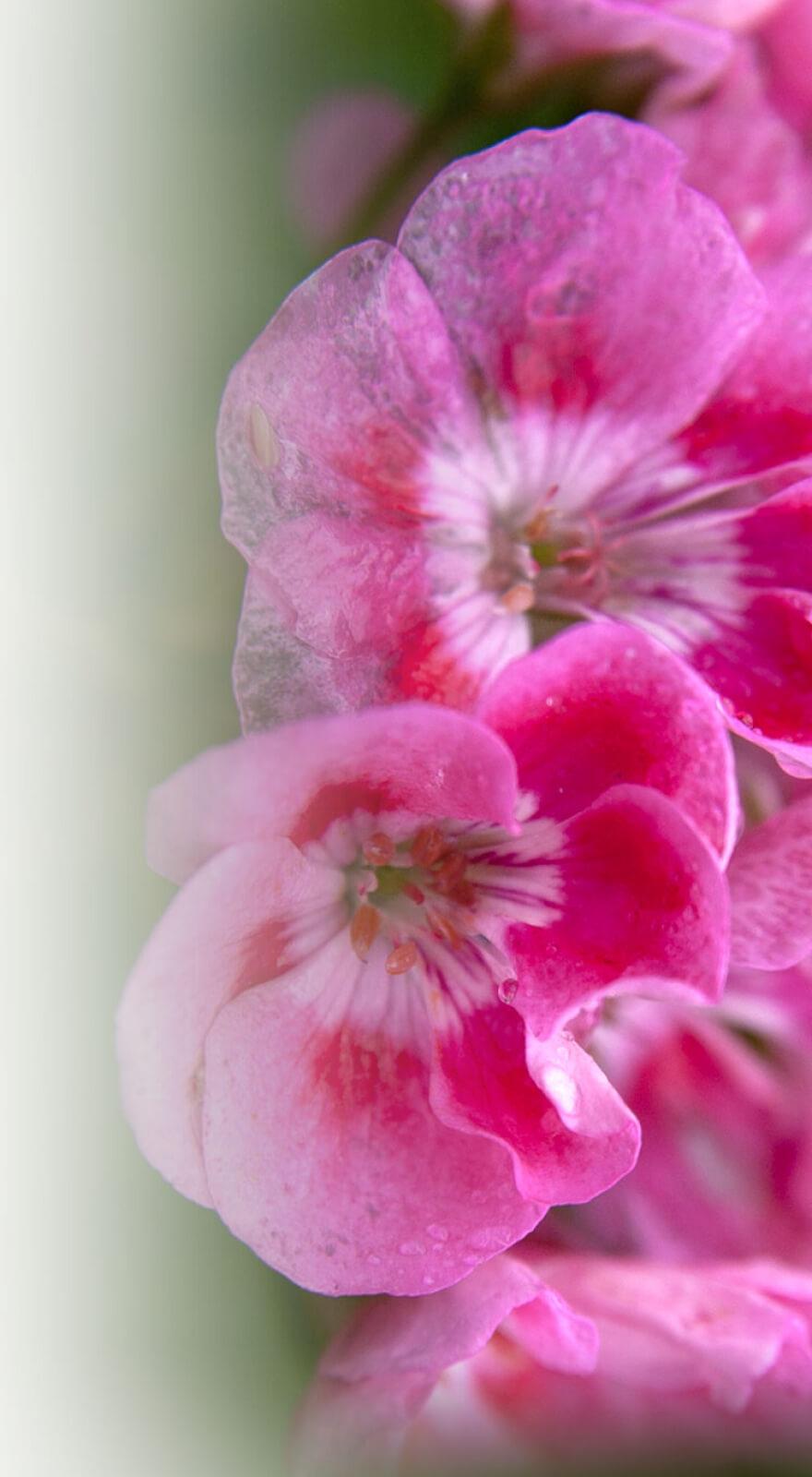Knowde Enhanced TDS
Identification & Functionality
- Chemical Family
- IRAC Code
- Agrochemical Functions
- Technologies
- Product Families
- Composition
ACTIVE INGREDIENT: Diflubenzuron N-[[(4-Chlorophenyl)amino]carbonyl]- 2,6-difluorobenzamide* 40.4% Inert INGREDIENTS 59.6% TOTAL 100.0% *Contains 4 lbs. diflubenzuron per gallon
Features & Benefits
- Product Highlights
Ornamentals: Dimilin SC can be used in repeat applications as a foliar spray in enclosed commercial structures only, such as greenhouses, shadehouses and interiorscapes. Dimilin SC is effective on foliar feeding insects like armyworms and lepidopterous leafminers. It also suppresses whiteflies when part of an IPM program.
Mushroom Production: For control of sciarid fly larvae, Dimilin SC is applied in the mushroom growing media where it will prevent the development of the larval stages of the sciarid fly.
Applications & Uses
- Markets
- Applications
- Application Technique
- Insecticide Target Species
- Directions For Use
It is a violation of Federal Law to use this product in a manner inconsistent with its labeling.
Do not apply this product in a way that will contact workers or other persons, either directly or through drift. Only protected handlers may be in the area during application.
Do not apply this product to bodies of water where swimming is likely. For requirements specific to your State or Tribe, consult the agency responsible for pesticide regulation.
- Agricultural Use Requirements
Use this product only in accordance with its labeling and with the Worker Protection Standard, 40 CFR Part 170. This Standard contains requirements for the protection of agricultural workers on farms, forests, nurseries, and greenhouses, and handlers of agricultural pesticides. It contains requirements for training, decontamination, notification, and emergency assistance. It also contains specific instructions and exceptions pertaining to the statements on this label about personal protective equipment (PPE) and restricted-entry interval. The requirements in this box only apply to uses of this product that are covered by the Worker Protection Standard. Do not enter or allow worker entry into treated areas during the restricted entry interval (REI) of 12 hours. PPE required for early entry to treated areas that is permitted under the Worker Protection Standard and that involves contact with anything that has been treated, such as plants, soil, or water, is:
- coveralls
- waterproof gloves
- shoes plus socks.
Safety & Health
- Precautionary Statements
HAZARDS TO HUMANS AND DOMESTIC ANIMALS
CAUTION
Harmful if absorbed through skin. Avoid contact with skin, eyes or clothing. Wash thoroughly with soap and water after handling and before eating, drinking, chewing gum or using tobacco. Remove and wash contaminated clothing before reuse. Harmful if inhaled. Avoid breathing spray mist. Remove and wash contaminated clothing before reuse.
- Personal Protective Equipment (Ppe)
Applicators and Other Handlers Must Wear: A long-sleeved shirt and long pants; waterproof gloves, when mixing and loading and also when using hand-held equipment; shoes plus socks. Follow manufacturer’s instructions for cleaning and maintaining PPE. If no such instructions for washables, use detergent and hot water. Keep and wash PPE separately from other laundry.
- User Safety Recommendations
- Wash hands before eating, drinking, chewing gum, using tobacco, or using the toilet.
- Remove clothing immediately if pesticide gets inside. Then wash thoroughly and put on clean clothing
- Remove PPE immediately after handling this product. Wash the outside of gloves before removing. As soon as possible, wash thoroughly and change into clean clothing.
- Environmental Hazards
This pesticide is toxic to aquatic invertebrates. Do not apply directly to water, or to areas where surface water is present or to intertidal areas below the mean high water mark. Drift or runoff from treated areas may be hazardous to aquatic invertebrate organisms in neighboring areas. Do not contaminate water when disposing of equipment wastewater and rinsate.
Packaging & Availability
- Packaging Type
Storage & Handling
- Storage And Disposal
Do not contaminate water, food or feed by storage or disposal.
PESTICIDE STORAGE: Store in a dry location.
PESTICIDE DISPOSAL: Wastes resulting from the use of this product may be disposed of on site or at an approved waste disposal facility.
CONTAINER DISPOSAL: Nonrefillable container. Do not reuse or refill this container. For containers equal to or less than 5 gallons in size: Triple rinse as follows: Empty the remaining contents into application equipment or a mix tank and drain for 10 seconds after the flow begins to drip. Fill the container ¼ full with water and recap. Shake for 10 seconds. Pour rinsate into application equipment or a mix tank or store rinsate for later use or disposal. Drain for 10 seconds after the flow begins to drip. Repeat this procedure two more times.
If pressure rinsing: Empty the remaining contents into application equipment or a mix tank and continue to drain for 10 seconds after the flow begins to drip. Hold container upside down over application equipment or mix tank or collect rinsate for later use or disposal. Insert pressure rinsing nozzle in the side of the container, and rinse at about 40 PSI for at least 30 seconds. Drain for 10 seconds after the flow begins to drip.
Then offer container for recycling or reconditioning, or puncture and dispose of in a sanitary landfill, by incineration or if allowed by State and local authorities, by burning. If burned, stay out of smoke.
Recycling: Once cleaned, some agricultural plastic pesticide containers can be taken to a container collection site or picked up for recycling. To find the nearest site, contact your chemical dealer or manufacturer or contact the Ag Container Recycling Council (ACRC) at 1-877-952-2272 (toll free) or www.acrecycle.org.

